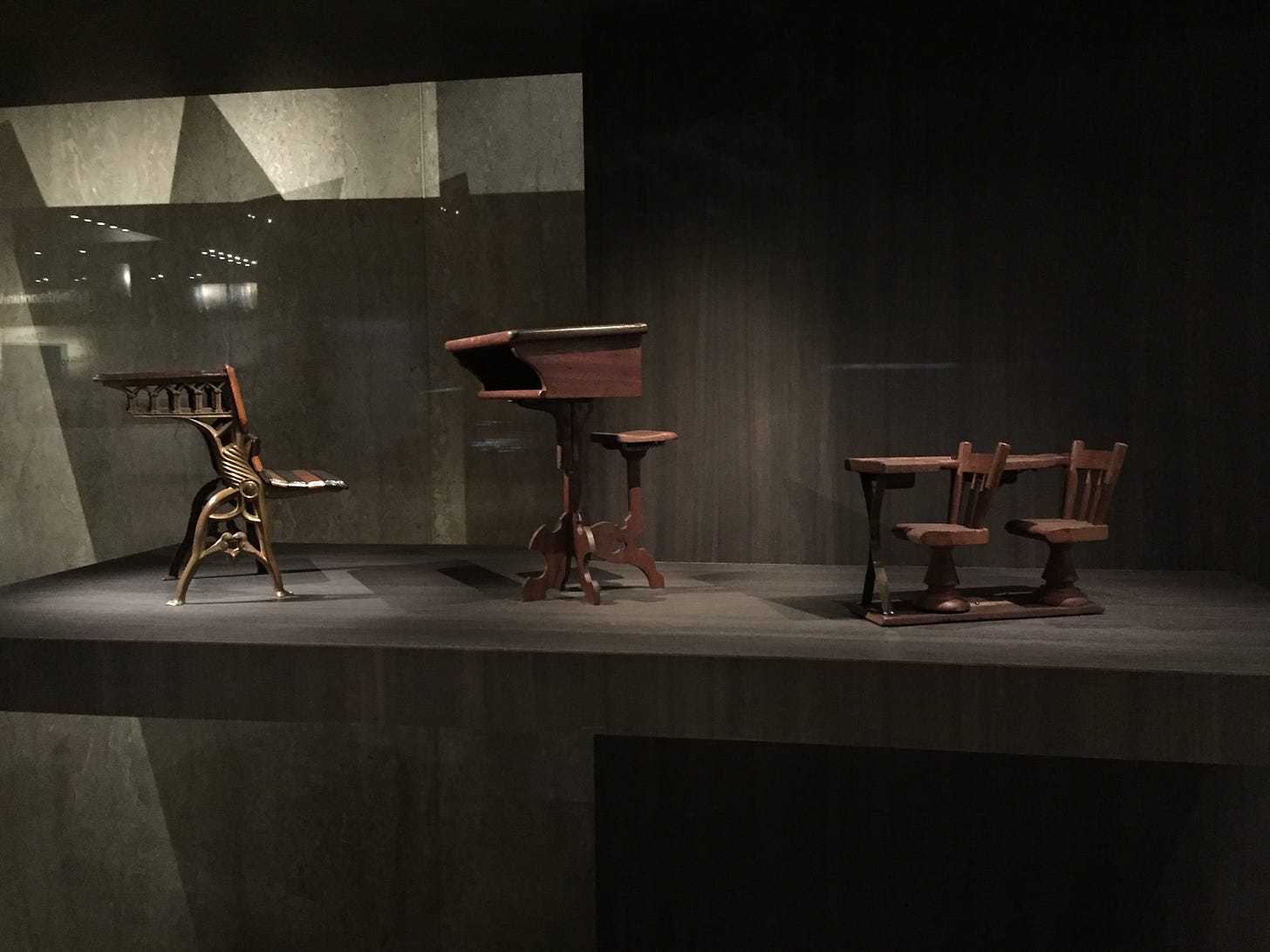Why higher education needs design thinking now
Empathy, experimentation, and impact: using design to reshape higher ed
👋 Hey! Thanks for reading Learning, Designed. Welcome to the 10 new subscribers who joined our community in the last week.
I’m writing because education wasn't designed around students, but we can improve the learner experience through design. I share stories, tips, and work in progress weekly.
Why it matters: Design offers impactful methods and outcomes to help transform your organization and how it operates. But to be successful, you need to bring leaders and teams along in the process, which requires a clear understanding of the benefits of pursuing this new way of working.
Go deeper:
The Eureka effect. The lightbulb moment. Revelation. An epiphany. A “gut feeling.” From head to stomach, we have lots of ways of describing profound, impactful moments of insight.
When I discovered human-centered design, I had one of these moments— the opportunities to impact higher education were immediately clear. But it’s often in these short-hand moments that we miss important insights that help us understand the why behind that “gut feeling.” A decade later, the gut feeling that fueled that initial reaction is now replaced with lots of evidence that helps tell the impact story of using design in higher ed.

I’ve seen first-hand the ways design innovation is well-suited to drive change. From redesigning education pathways to align education with work alongside students and employers— to designing new programs from the ground up with whole communities— design is a powerful, catalyzing tool. It’s why I’m so invested in sharing and building these skills for educators committed to learning them.
If you’re trying to share the value of human-centered design (HCD+) on your campus, below are the benefits I’ve found resonate most.
HCD+ enables transformation in higher education because:
The challenges in higher education are complex, societal, organization-wide challenges that require systems-level thinking, and focused, disciplined change. Ambiguous, unsolved challenges are ready opportunities for design.
It clarifies the problem before jumping to solutions: Many well-intentioned leaders, administrators, and faculty members often diagnose and adjust their programs and experiences based on perceived challenges, but often adjustments “patch holes,” rather than create sustained solutions. Design identifies root causes and evaluates systems to prototype and test toward durable solutions.
It gives permission to disrupt the status quo. Design starts with empathy. Importantly, the needs and motivations of today's student are creating new expectations of higher education, and the demand to adapt is more pressing than ever. Design establishes a common set of learner-centered values behind change efforts that humanize the pressing need to change and help stakeholders invest in the many potential approaches to solve the problem. It also helps drive efforts to constantly improve by adapting based on what works and what doesn’t.
It breaks down silos: By focusing on the experience of learners and their needs, motivations, and behaviors, it blurs sense of ownership of campus functions to organize around the people you’re designing for. This helps align efforts and reflect on the experience you’re trying to create, and then operationalize it by coordinating resources around the desired experience.
It builds team buy-in and engagement: Through the design process you build relationships and gain input from key stakeholders that shape and refine your approach. When you ask people for input and feedback, they naturally invest in the output of the work. Through this approach to “co-design” solutions, you build engagement in the larger change efforts of your design.
It accelerates the pace of change: Design’s motto might as well be “go slow to go fast.” After deep investment in the problem to understand the important needs and dynamics at play, teams move quickly to potential solutions and fast, cheap efforts to learn if their approaches will work. The goal becomes quickly testing ideas and challenging assumptions as part of learning. Also, design is focused on testing individual assumptions and concepts rather than “pilots,” which often create a sunk cost fallacy that often sustains efforts that could have been debunked (or scaled) more quickly.
It develops mindsets and ways of working that change how institutions operate: Often more important than the tools or methods themselves, design creates a culture internally through developing mindsets of empathy, curiosity, possibility, experimentation, and responsiveness. It creates a language about the values like “what do you need?” “show, don’t tell,” and “let’s test it,” that change how people work on campus.
Tomorrow night I’m gathering 70 educators and local education innovators in San Diego to discuss learnings from using design in education, the emerging needs of education to prepare for work, and the importance of investing in design efforts as a community.
I’m excited to be a catalyst for this conversation, but I’m even more motivated to see what will result from enabling more local educators with design to make change in their schools and community this year.
I hope these benefits of human-centered design help you describe why design might be well-suited for a challenge you or your team are facing. If I can help facilitate or support the conversation or be helpful in leading the work, reach out!
Sharing this with a colleague is the most meaningful way to show it made an impact.
Please click the ❤️ button on this post so more people can discover it on Substack. Tell me what you think in the comments!



